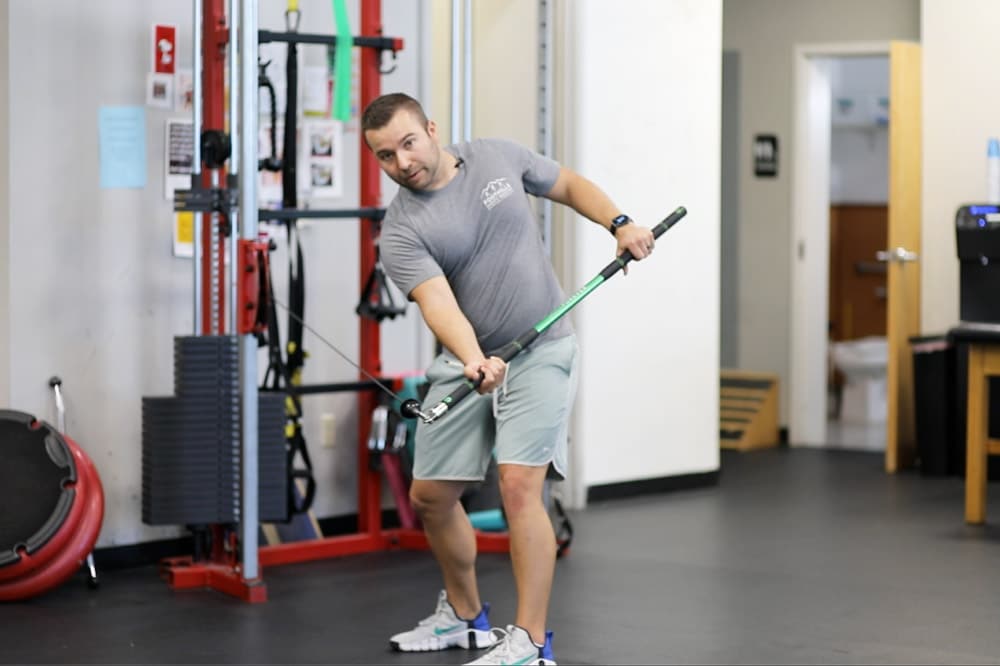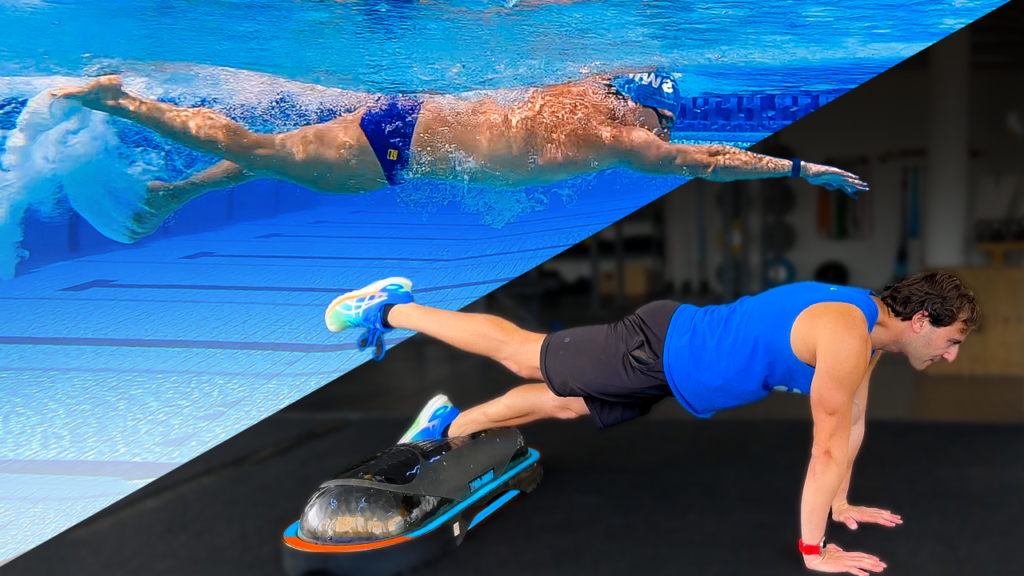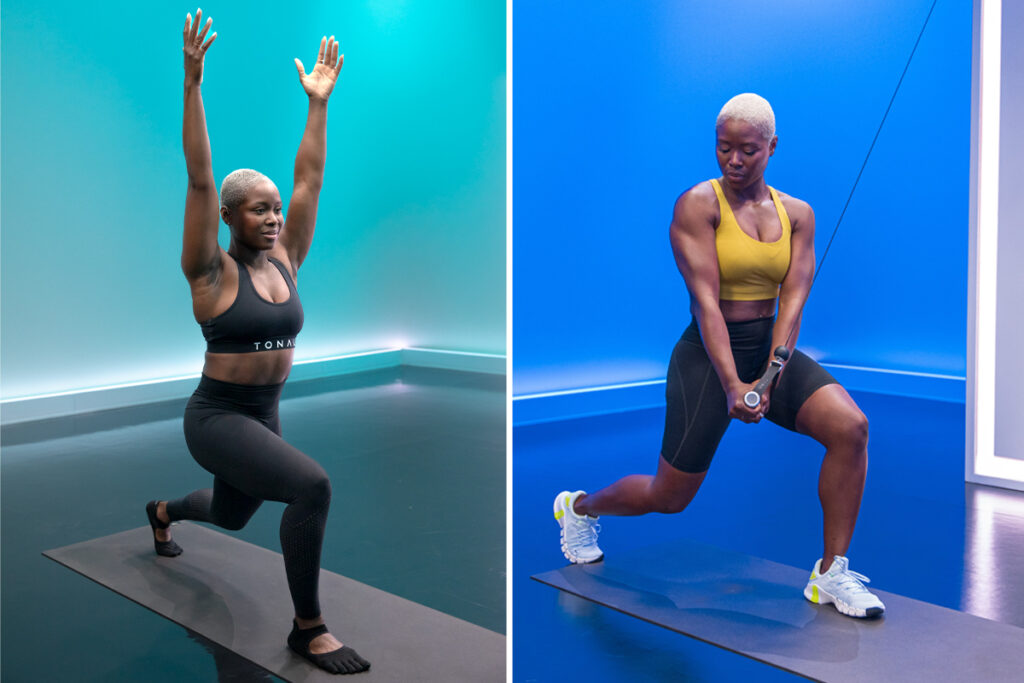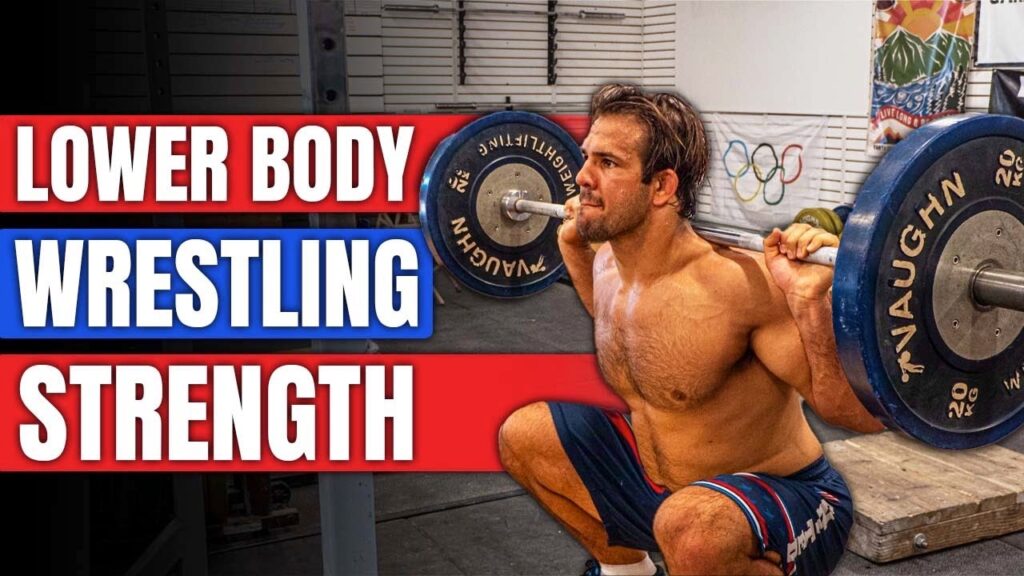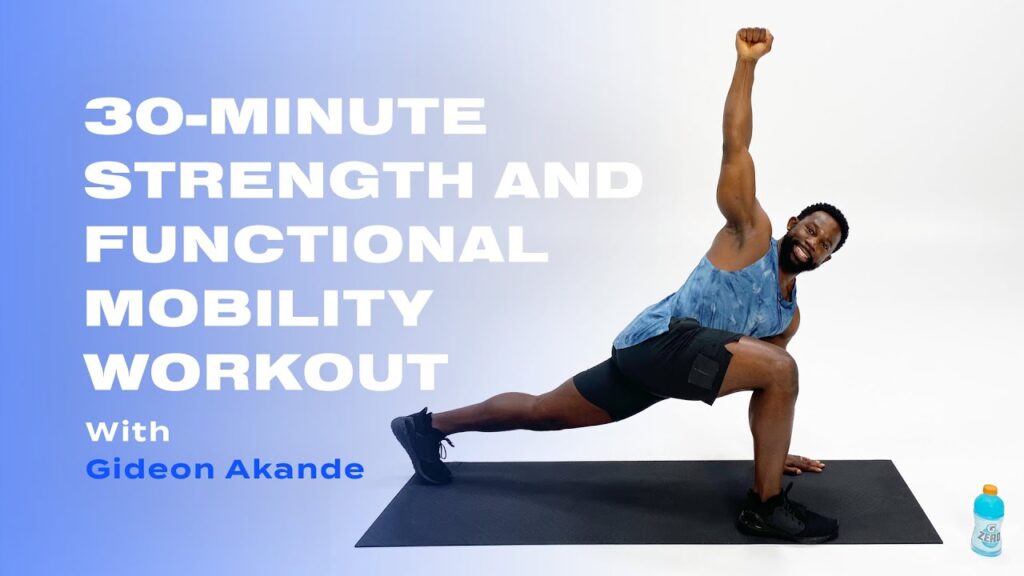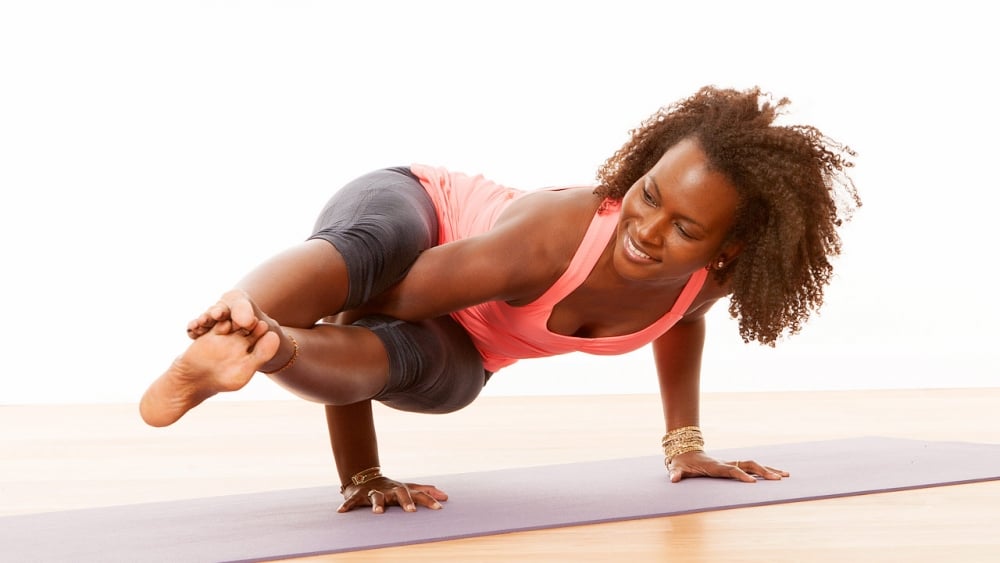Strength training for Jiu Jitsu enhances performance and reduces injury risk. It builds muscle strength, endurance, and flexibility.
Strength training is essential for Jiu Jitsu practitioners aiming to improve their skills on the mat. Incorporating targeted exercises can significantly boost your power, stability, and overall athleticism. Focused routines help in developing the muscles used during grappling, enhancing performance during matches.
Regular strength training also contributes to better injury prevention, ensuring you stay healthy and active. By integrating strength workouts with your Jiu Jitsu practice, you can achieve a balanced, powerful physique. This combination not only prepares you for the physical demands of the sport but also promotes longevity in your martial arts journey.
The Synergy Of Jiu Jitsu And Strength Training
Strength training helps improve overall performance in Jiu Jitsu. Strong muscles provide better support and stability during matches. This reduces the risk of injuries. Increased strength makes it easier to execute powerful moves. You can hold your opponent longer and with more control. Training builds endurance, letting you fight longer without getting tired.
Power is crucial in grappling. It allows quick, explosive moves. Strong muscles help in takedowns and submissions. You can escape holds more easily. Power training includes lifting weights and high-intensity exercises. These workouts improve speed and agility. Consistent training leads to better performance in matches.
Setting Goals For Jiu Jitsu Athletes
Strength training for Jiu Jitsu athletes enhances performance by building muscle, improving endurance, and increasing overall power. Setting specific goals ensures targeted progress and maximizes training efficiency.
Short-term Vs Long-term Training Objectives
Short-term goals help track immediate progress. Focus on improving specific techniques or increasing strength in key areas. Long-term goals involve overall development and mastery of skills. These require consistent practice and dedication. Both types of goals are essential for balanced growth.
Identifying Personal Strength Benchmarks
Track your current strength levels. Use benchmarks like the number of push-ups or pull-ups you can do. Record your maximum weight lifted in key exercises. Compare these numbers regularly to see improvements. Set new benchmarks periodically to keep challenging yourself.
Assessing Your Physical Baseline
Start by measuring your basic strength. Use common exercises like push-ups and squats. Count how many you can do in one minute. Write down your numbers. These numbers will help you track your progress. Repeat the tests every month. Make sure to stay consistent. This helps in understanding your growth.
Check your body’s movement patterns. Perform a Functional Movement Screen (FMS). This includes seven basic moves. These moves test your mobility and stability. Examples are deep squats and lunges. Score each movement from 0 to 3. A score of 3 means perfect form. A score of 0 means pain during the move. Lower scores show areas needing improvement.
Fundamental Strength Exercises For Jiu Jitsu
Planks build core stability and help with balance. Side planks target the obliques. This exercise is key for dynamic movements. Hip bridges strengthen the glutes. Strong glutes support hip power and flexibility. Leg raises also focus on core and hips. This helps in maintaining control.
Pull-ups enhance grip strength and back muscles. Strong grips are crucial in clinch work. Push-ups work the chest and triceps. This builds upper body endurance. Rows target the upper back. A strong back helps in maintaining control. Dips improve arm and shoulder power. These are vital for effective clinch techniques.
Designing A Strength Training Program
Periodization helps athletes progress safely. It involves different training phases. Each phase focuses on specific goals. Strength, power, and endurance are key phases. This keeps muscles from overtraining and prevents injuries.
Balancing intensity and recovery is crucial. Training too hard can lead to burnout. Muscles need time to heal. Schedule rest days between intense workouts. Include light activities on rest days, like walking or stretching. This helps keep the body flexible and strong. Proper rest boosts performance and reduces injury risk.
Grip Strength: The Grappler’s Secret Weapon
Grip strength is crucial in Jiu Jitsu. Strong grips control opponents better. To improve grip strength, use thick bar exercises. Thick bars make hands work harder. Try deadlifts with thick bars. Farmer’s walks are also great. Hold heavy weights and walk. This builds forearm muscles.
Fingerboard hang exercises help too. Hang from a board using fingers. Increase hang time gradually. Towel pull-ups are effective as well. Wrap a towel around a pull-up bar. Grip the towel and pull up. These exercises target grip strength directly.
Include grip work in your training. Train grip strength at least twice a week. Combine grip exercises with regular workouts. For example, do grip exercises after lifting weights. Rest between sets to avoid fatigue. Consistency is key for improvement. Track progress and adjust workouts as needed.
Injury Prevention Through Smart Training
Prehab exercises help strengthen weak areas. They focus on muscle imbalances and joint stability. Simple exercises like band pulls can be very effective. Even a few minutes a day can make a big difference. Regular prehab reduces the risk of common injuries. It also improves overall performance on the mat.
Mobility and flexibility are key for injury prevention. Stretching and dynamic movements improve range of motion. They help muscles work better and stay loose. This can prevent strains and tears. Good mobility aids in executing techniques smoothly. It also helps in faster recovery after intense training.

Credit: www.disalvotraining.com
Nutrition And Supplementation For Optimal Performance
Eating the right foods is important. Carbohydrates give you energy. Proteins help build muscles. Healthy fats support your body. Include fruits and vegetables in your diet. They provide vitamins and minerals. Drink enough water to stay hydrated. Avoid junk food and sugary drinks. They can slow you down. Eating small meals throughout the day can keep your energy levels steady.
Supplements can boost your performance. Protein powders help build muscle. Creatine increases strength and power. Omega-3 fatty acids reduce inflammation. Multivitamins can fill in nutritional gaps. BCAAs (Branch Chain Amino Acids) aid in muscle recovery. Consult with a health expert before taking any supplements. Not all supplements are safe for everyone. Choose high-quality products for best results.
Monitoring Progress And Adjusting Your Plan
Keep a training log to track your workouts. Record the weights lifted and the number of reps. This helps you see your progress over time. Regularly review your log. Look for patterns in your performance. Celebrate small wins to stay motivated.
If you hit a plateau, it might be time to change your plan. Increase the weight or try new exercises. This keeps your muscles challenged. Listen to your body. If you feel constant pain, adjust your routine. Rest is also important for recovery.
Integrating Strength Training With Mat Time
Balance your strength training with your Jiu Jitsu sessions. Plan workouts on non-Jiu Jitsu days. This helps in avoiding overtraining. You can also split your training. Do strength exercises in the morning and Jiu Jitsu in the evening. Ensure enough recovery time between sessions. Listen to your body for signs of fatigue. Adjust your schedule if necessary.
Combining strength training with Jiu Jitsu offers many benefits. It enhances your performance on the mat. Stronger muscles reduce the risk of injury. You can improve endurance through combined training. This helps in lasting longer during matches. Keep your training balanced for optimal results.
Advanced Strength Training Techniques
Building explosive power is key for Jiu Jitsu athletes. Olympic lifts, like the clean and jerk, help develop this power. These lifts engage multiple muscle groups. They also improve coordination and speed.
Plyometrics are another great tool. Exercises like box jumps and clap push-ups increase explosiveness. Combining Olympic lifts with plyometrics offers optimal results. This training method boosts both strength and agility.
| Exercise | Benefit |
|---|---|
| Clean and Jerk | Full-body power |
| Snatch | Speed and coordination |
| Box Jumps | Leg explosiveness |
| Clap Push-Ups | Upper body power |

Credit: m.youtube.com
Testimonials And Case Studies
Many Jiu Jitsu athletes have shared their success stories. One athlete improved his grip strength dramatically. Another athlete saw faster recovery times after matches. Strength training boosted their confidence on the mats. These stories show the power of strength training.
Strength training helps Jiu Jitsu athletes in many ways. It reduces the risk of injury. It also improves overall performance. Athletes learned to listen to their bodies. Consistent training is key to success. Proper rest and nutrition are also important. These lessons help athletes reach their full potential.
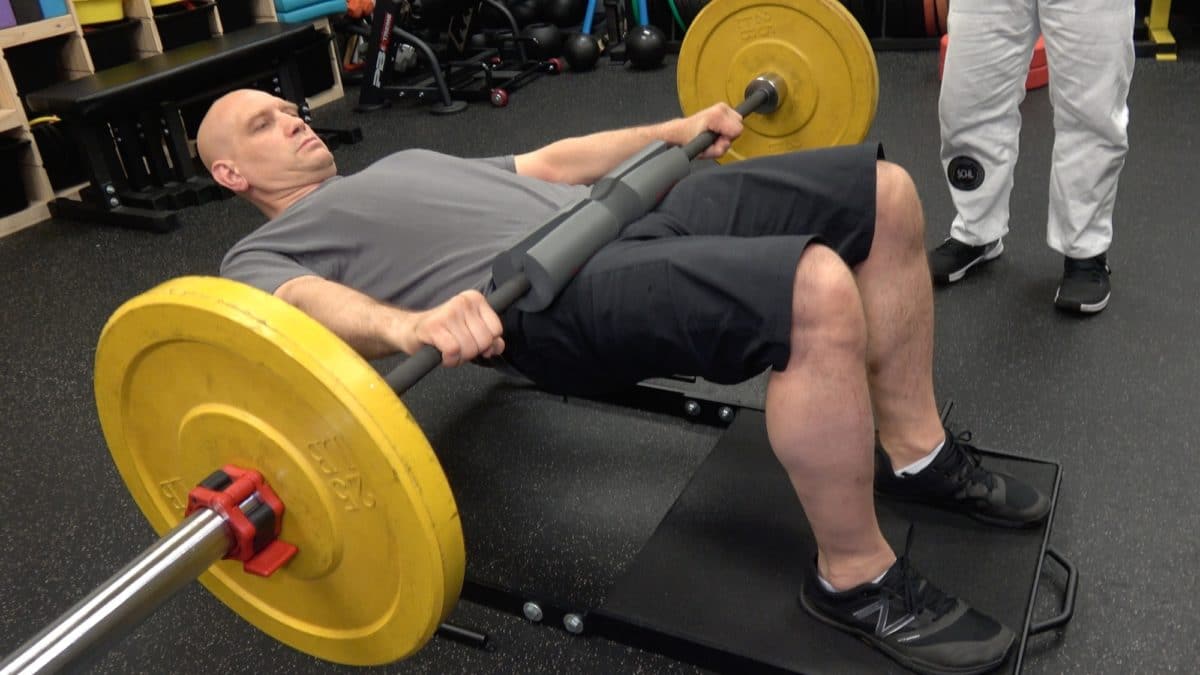
Credit: www.grapplearts.com
Frequently Asked Questions
How To Train Strength For Bjj?
Focus on compound exercises like deadlifts, squats, and bench presses. Incorporate grip strength training. Use kettlebells and bodyweight exercises. Train consistently and progressively.
How Do You Get In Shape For Jiu-jitsu?
To get in shape for Jiu-Jitsu, focus on cardio, strength training, flexibility, and core exercises. Practice Jiu-Jitsu techniques regularly. Maintain a balanced diet for energy and recovery. Prioritize rest and hydration.
How To Get Stronger For Grappling?
To get stronger for grappling, focus on compound exercises like squats and deadlifts. Incorporate grip strength training. Maintain a balanced diet and ensure adequate rest. Consistency is key.
How Many Times To Lift For Bjj?
Lift weights 2-3 times per week for BJJ. Focus on strength, endurance, and injury prevention.
What Is Strength Training For Jiu Jitsu?
Strength training enhances muscle power, endurance, and injury prevention for Jiu Jitsu practitioners.
How Often Should I Do Strength Training?
Aim for 2-3 times per week, allowing rest days.
What Exercises Are Best For Jiu Jitsu?
Focus on compound movements like squats, deadlifts, and pull-ups.
Can Strength Training Improve My Jiu Jitsu Performance?
Yes, it boosts power, endurance, and overall athleticism.
Should I Lift Heavy Weights For Jiu Jitsu?
Lift moderate to heavy weights with proper form to build strength.
How Long Should My Strength Training Sessions Be?
Sessions should last about 45-60 minutes including warm-up and cool-down.
Conclusion
Strength training is essential for improving Jiu Jitsu performance. It boosts strength, endurance, and injury prevention. Incorporate weightlifting and bodyweight exercises into your routine. Consistency is key to seeing results. Follow these tips to elevate your Jiu Jitsu game and achieve peak physical condition.
Embrace the journey and enjoy the benefits.



